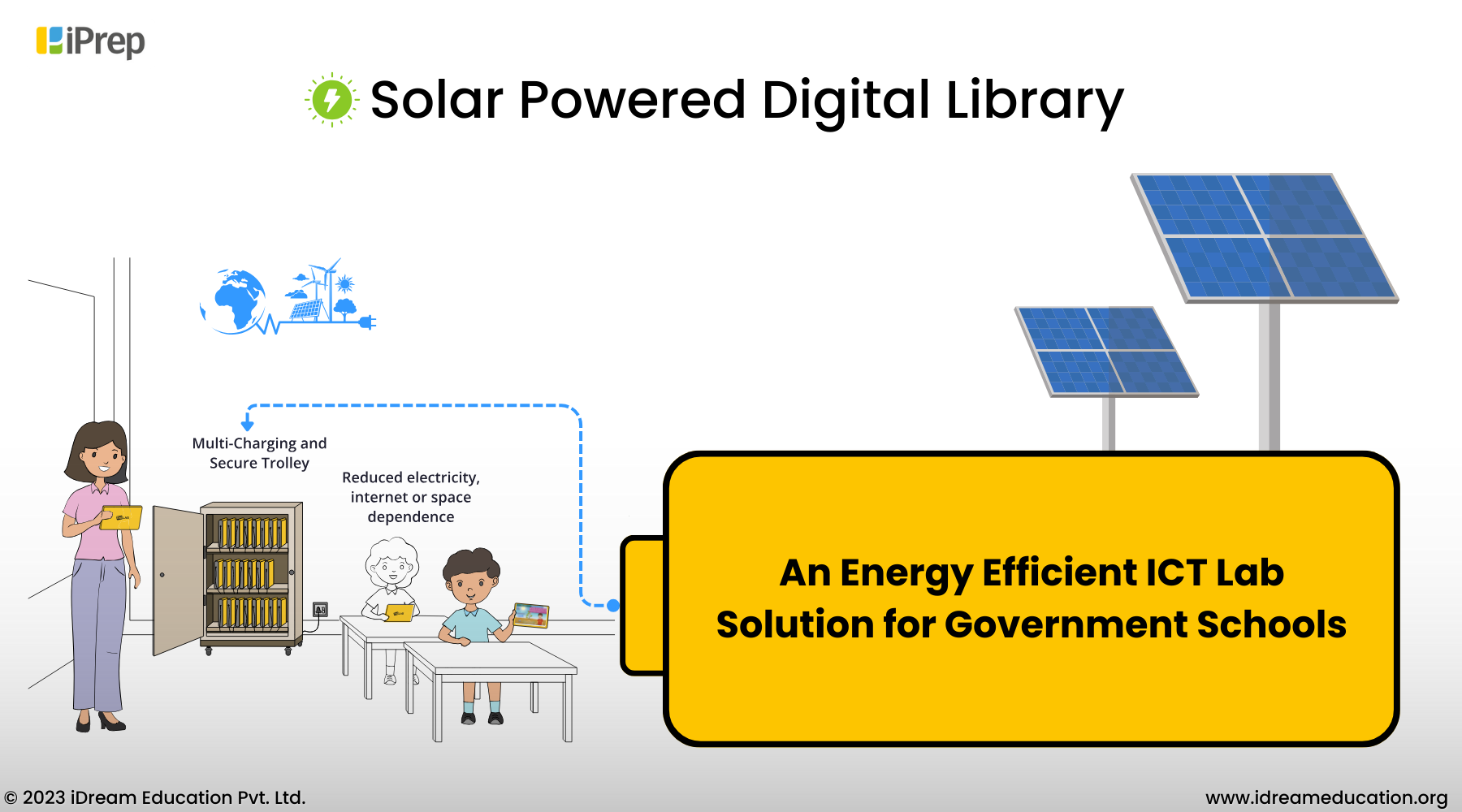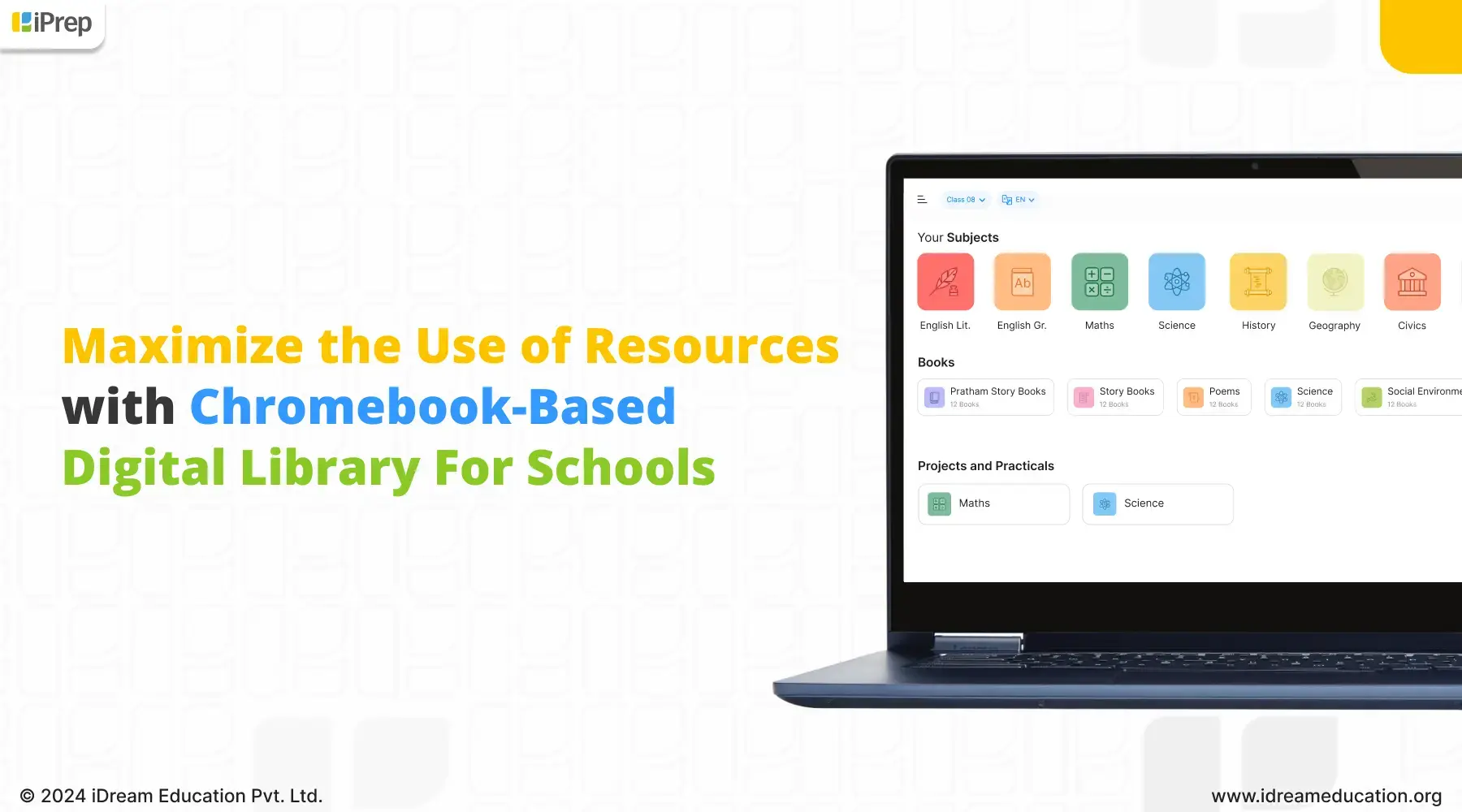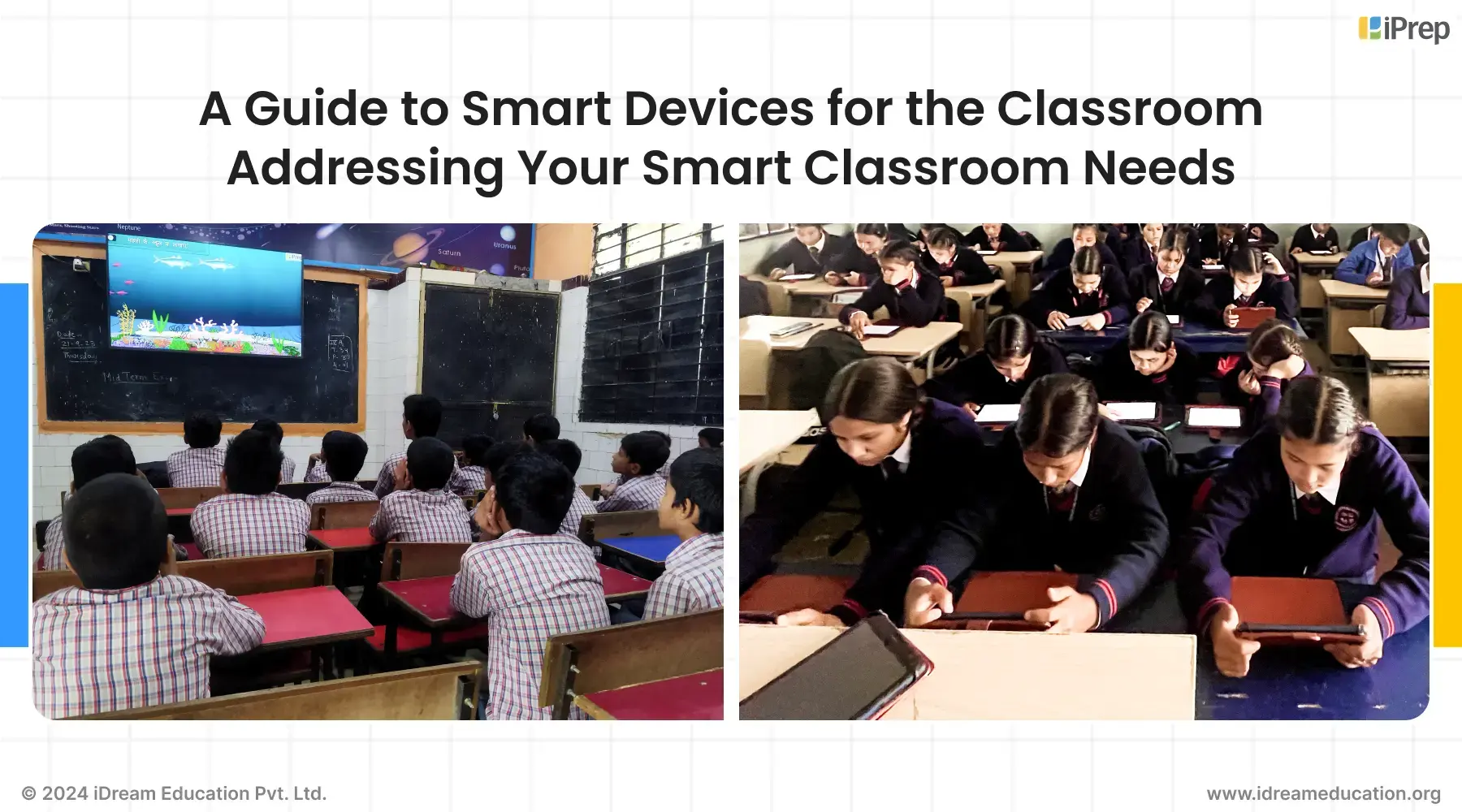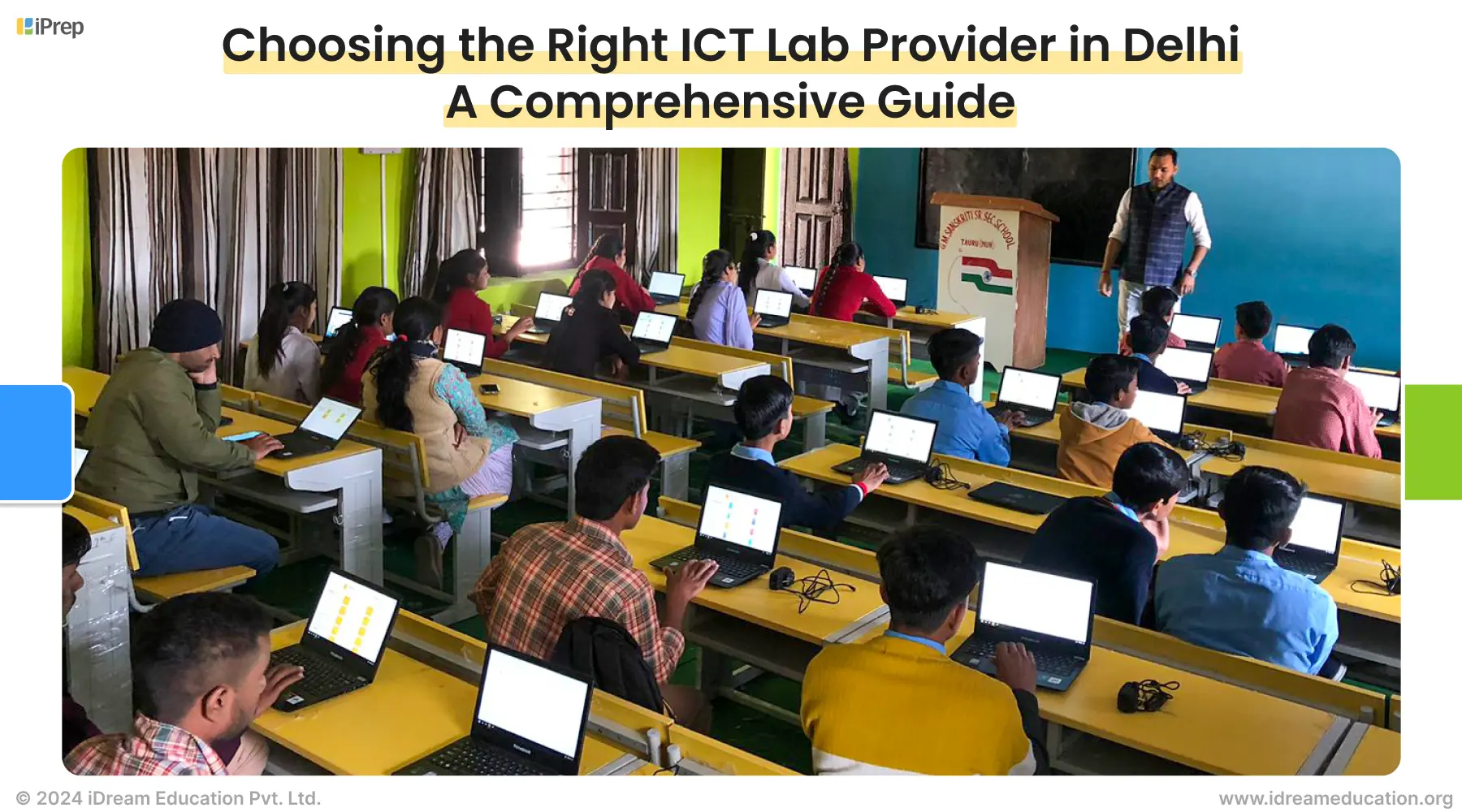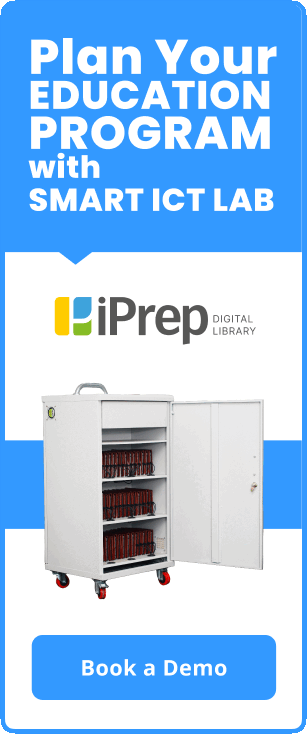Affordable Digital Libraries for Schools: Unlocking Learning Beyond Bookshelves
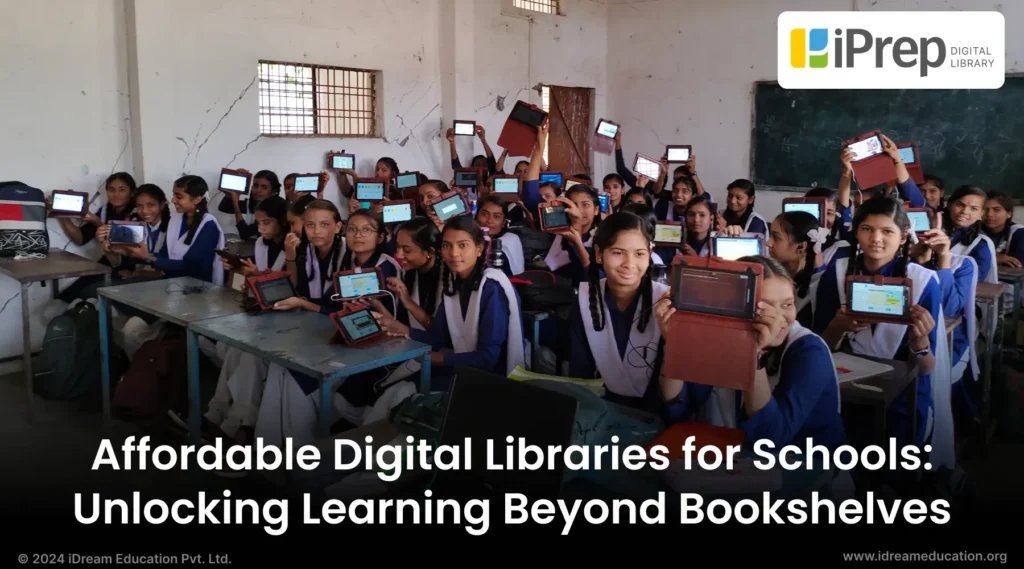
In the evolving landscape of education, affordable digital libraries for schools are playing a pivotal role in meeting the changing reading habits of students. The traditional charm of paperback books and the ambience of libraries are irreplaceable. Yet, students increasingly turn to digital platforms such as phones, computers, and e-readers for their reading preferences.
Along with affordable digital libraries for schools, the significance of a robust digital library management system is becoming more evident. As a new generation of students emerges, educational institutions must adapt to the changing landscape by embracing digital libraries. The shift is not about replacing physical spaces but integrating them with students’ E workspaces collaboratively.
Modern libraries extend beyond books. They offer additional services such as collaborative spaces, emphasizing the holistic evolution of libraries in response to the evolving needs.
What is a Digital Library?
A digital library is a curated collection of digital resources, including texts, images, audio, and multimedia, accessible electronically. Unlike traditional libraries, digital libraries leverage technology to organize, store, and provide access to information in digital formats. These libraries allow users to search, retrieve, and interact with a vast array of digital content remotely, promoting widespread accessibility and convenience.
Digital libraries often employ various technologies such as databases, search engines, and digital preservation methods to ensure the longevity and usability of their collections. With the increasing digitization of information, digital libraries play a crucial role in democratizing access to knowledge and fostering research. They provide a flexible and scalable platform for the storage and dissemination of information in the digital age.
Why are Digital Libraries Popular Today?
Digital libraries have gained popularity as affordable learning solutions for schools and students due to several key features
Accessibility: Digital libraries provide universal access to educational resources, allowing students to retrieve information from anywhere.
Cost-Effectiveness: Digital libraries eliminate the costs associated with maintaining physical infrastructure, storage, and the printing of traditional materials making it an affordable option for schools.
Multimedia Content: Affordable digital libraries for schools offer a diverse range of multimedia content under a single roof. This includes texts, images, videos, and interactive simulations. This variety caters to different learning styles, enhancing the overall learning experience for students.
E Books: Digital libraries offer students access to digital editions of both academic books and content focused on holistic development. With easy navigation features, students can effortlessly explore, read, and store these resources hassle-free. This comprehensive approach ensures that learners have a seamless experience accessing educational materials, supporting their academic studies and personal growth in one accessible platform.
Search and Navigation Tools: Advanced search functionalities in digital libraries make it easy for students to find specific information quickly. Intuitive navigation tools enhance the overall user experience, allowing for efficient exploration of the library’s content.
Up-to-date Content: Affordable digital libraries for schools can be updated easily and regularly. This ensures that the content remains current and relevant.
Interactivity and Collaboration: Many digital libraries incorporate interactive elements such as discussion forums and collaborative projects, fostering a dynamic learning environment.
Customization and Personalization: Digital libraries often allow users to customize their learning experience. Students can choose content based on their interests, pace, and learning preferences.
Types of Cost-effective and Affordable Digital Libraries for Schools
Affordable digital libraries for Schools come in various types, each catering to specific needs and platforms.
Web-Based Digital Libraries
These are digital libraries accessible through web browsers, allowing users to access resources from any device with an internet connection. (Examples: Internet Archive, Open Library, Project Muse etc.)
Institutional Repositories
Hosted by educational institutions, these repositories provide access to scholarly works and other academic materials produced within the institution. [Example: National Digital Library of India (NDLI) IIT Kharagpur]
Digital Archives
These archives preserve and provide access to historical photographs, manuscripts, and other cultural heritage materials in digital format. (Example: Indian Culture Portal)
ICT Labs with Android Tablets
This category of digital libraries are ICT labs that specifically cater to the mobile learning environment. They offer a portable and accessible way for students to engage with educational content on their handheld devices. These platforms often provide user-friendly interfaces and offline access options. (Example: iPrep Digital Library)
Notebook-based Digital Libraries
A notebook-based ICT lab revolutionizes traditional computer labs by utilizing lightweight notebooks or laptops. These notebooks run on Android and unlike traditional laptops, they use the Chrome OS. This is an Android-based operating system created and developed by Google. The portable nature of notebooks adds versatility, enabling schools to optimize their ICT infrastructure for a more agile and efficient learning experience.
An example: In January 2023, iDream Education in collaboration with M3M Foundation introduced 30 Primebooks in a school in Nuh, Haryana. These Primebooks, with the preinstalled learning platform: iPrep, led to significant enhancement in learning outcomes among the students. The students particularly enjoyed learning on the Primebooks. They found them to be versatile, portable and engaging tools complementing the traditional classroom learning.
Why are Digital Libraries with Android based Tablets and Notebooks the Most Affordable Choice for Schools in India?
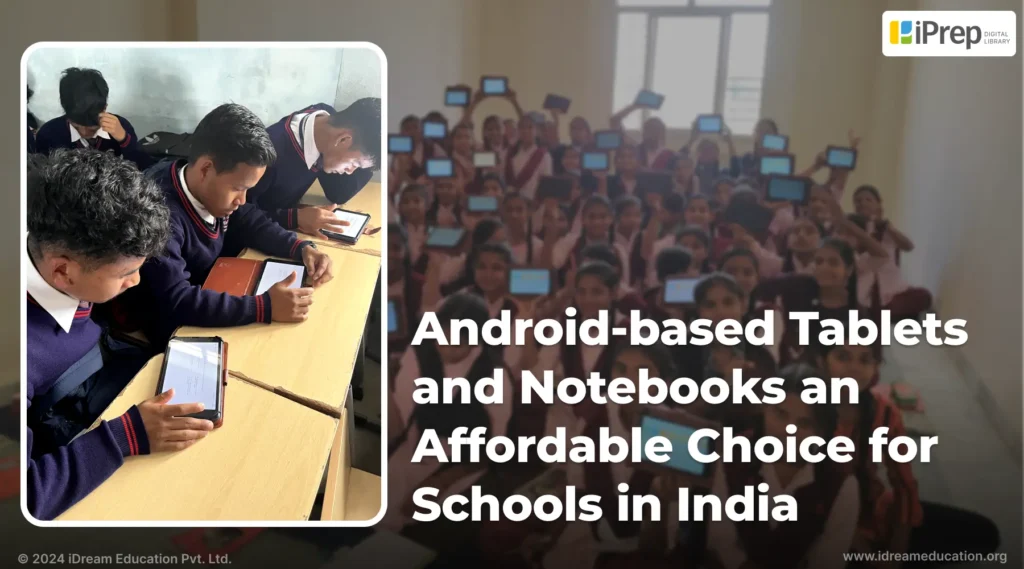
Affordable Digital Libraries for schools in India align with the goals of NEP 2020
The National Education Policy (NEP) in India seeks to elevate the standard and inclusivity of education by improving access to resources and promoting quality learning. Digital libraries align seamlessly with these goals, offering a wealth of information and knowledge resources to students. In line with the NEP’s emphasis on digitization, digital libraries provide online access to a diverse range of materials, including e-books, journals, articles, and multimedia content. The cost-effective nature of digital libraries further supports the NEP’s objective of providing high-quality educational content affordably.
Affordable digital libraries for schools contribute significantly to collaborative learning, fostering critical thinking, problem-solving, and teamwork. They serve as dynamic knowledge ecosystems where students and educators can share resources and collaborate on projects. The flexibility of these platforms accommodates students with diverse schedules, enabling them to learn at their own pace and convenience, aligning with the NEP’s commitment to inclusivity.
Key Features of Digital Libraries that Make it an Affordable Learning Solution for Schools in India
Digital libraries that involve Android based Tablets and Notebooks can be a practical and cost-effective choice for schools in India, addressing the unique challenges faced by the education system in the country. Some of their key features are:
Cost-Effective Hardware: Android based Tablets and Notebooks that constitute digital libraries are often more affordable than traditional desktop computers or laptops. This cost-effectiveness is crucial for schools in India, as it allows them to provide digital access to educational resources without significant hardware expenses.
Flexible Learning Environments: Android based Tablets and Notebooks support flexible and adaptable learning environments. Students can access educational content from these portable devices, fostering a more dynamic and student-centric learning experience. This is particularly advantageous in diverse school settings, including those in rural or remote areas.
Offline Access: Many affordable Android based Tablets and Notebooks for schools offer offline access to resources. This feature is invaluable in regions with intermittent internet connectivity, allowing students to download educational materials online and access them later without the need for a constant internet connection.
Interactive Content: Affordable digital libraries for schools often support interactive and multimedia content, enhancing engagement and understanding among students. Interactive features, such as videos, quizzes, and simulations, contribute to a more immersive learning experience, making education more appealing and effective.
Customization and Personalization: Android based Tablets and Notebooks allow for the customization of content based on individual learning needs. Students can choose materials according to their interests, learning pace, and preferences, facilitating a more personalized and effective learning journey.
Ease of Maintenance: Android based Tablets and Notebooks are known for their user-friendly interfaces and ease of maintenance. Schools can manage these affordable devices more efficiently, reducing the burden on IT staff and minimizing downtime.
Scale and Accessibility: Android based Tablet and Notebook solutions are scalable, making it easier for schools to expand their digital infrastructure as needed. The accessibility of these devices also promotes widespread adoption, ensuring that a larger number of students can benefit from digital learning resources.
What is iPrep Digital Library for Schools?
iPrep Digital Library is an affordable mobile Smart ICT Lab designed exclusively for K-12 education needs. It features Tablets/Notebooks on a movable trolley with a charging rack, preloaded Digital Content, and Integrated Reporting. This innovative solution aims to eliminate infrastructure barriers, allowing users to set up a mobile library effortlessly.
With multilingual, multigrade-level content aligned with the school curriculum, the library offers age-appropriate videos, notes, e-books, assessments, life skills, and auto-biographies, providing a comprehensive, all-in-one digital library for holistic student development in K-12 education.
iPrep Digital Library: The Answer to Quality and Affordable Digital Learning in Schools
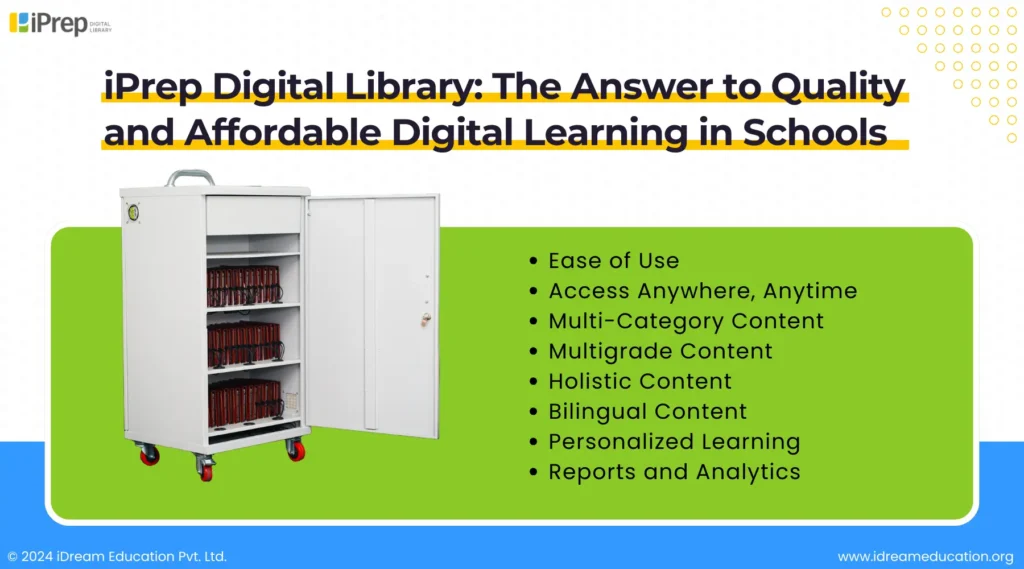
Ease of Use: Learning at your fingertips
iPrep Digital Library offers Android based Tablets and Notebooks that are compatible and effortlessly installable, ensuring affordable and easy access to educational resources. These tablets provide a user-friendly interface, making them accessible for students and schools. The seamless compatibility enhances the overall affordability and accessibility of iPrep’s educational platform, fostering a conducive learning environment for all.
Access Anywhere, Anytime
iPrep Digital Library offers a seamless learning experience with preloaded content on SD cards for each tablet. This innovative approach eliminates the need for schools to set up Wi-Fi or seek locations with better internet connectivity, ensuring accessibility regardless of infrastructure limitations.
Multi-Category Learning Beyond Textbooks
Students benefit from a comprehensive educational journey as the iPrep Digital Library provides digital syllabus books and video lessons with real-life connections. Teachers leverage instant feedback to personalize learning, pinpointing areas where each student requires further development. iPrep extends the learning horizon beyond academics, offering a wealth of content including DIY tutorials and a digital library covering stories, inspirational biographies, poems, and life skill videos for holistic growth.
Holistic Learning Beyond Academics
iPrep Digital Library enriches the learning experience on tablets/Chromebooks by offering content beyond academics. From DIY tutorials for practical learning to an extensive digital library featuring stories, biographies, poems, and life skill videos, students engage in holistic learning and growth beyond traditional academic boundaries.
Breaking the Language Barrier with Content in Local Languages
Promoting inclusivity, iPrep Digital Library ensures a familiar learning environment by providing content in Hindi, English, and local languages. This integration of school and home learning removes language barriers, fostering a more inclusive educational experience.
Access to All Grades: Bridging Learning Gaps
iPrep Digital Library facilitates access to educational content across all grades, aiding students in addressing historical learning gaps. This approach ensures a well-rounded understanding of subjects, irrespective of prior knowledge, allowing students to build a strong foundation for future studies and achieve academic success.
Smart Monitoring and Insights into Progress
Empowering educators, iPrep Digital Library comes equipped with integrated reporting tools for monitoring student progress and personalizing the learning experience. The reporting dashboard further simplifies project monitoring, allowing stakeholders to effortlessly view and download usage and performance reports at various levels, including state-wise, district-wise, school-wise, class-wise, student-wise, subject-wise, and content category-wise.
Conclusion
The future of the digital knowledge ecosystem is shaped by promising trends, with a growing integration of Artificial Intelligence (AI) technology enhancing the functionality of digital libraries. In alignment with these future trends, the iPrep digital library also stands poised to take up these challenges in educational innovation in the K-12 Space. With a focus on personalization and interactivity iPrep leverages technology to create enriched learning experiences. The platform is designed to adapt to the evolving needs of schools, students and educators.
Frequently Asked Questions -
1. What is a digital library?
A digital library is an online collection of digital resources, such as e-books, articles, videos, and audio files. It provides users with the ability to search, browse, and access a wide range of educational materials remotely.
2. How do I set up a digital library in my school?
To set up a digital library in a school, one needs to first select a suitable platform or software for hosting the digital resources. Then, digitize existing materials or acquire digital content relevant to the curriculum. Finally, organize the materials into categories or sections for easy navigation and access by students and teachers.
3. What are the 3 types of digital libraries?
The three types of digital libraries include institutional repositories, digital archives preserve and provide access to historical and cultural materials and android-tablet and notebook based digital libraries for schools.
4. What is a digital library in schools?
A digital library in schools is an online repository of educational resources specifically curated for students and educators. It offers access to digital textbooks, videos, interactive simulations, and other learning materials to support teaching and learning activities.
5. What is the biggest free digital library?
One of the biggest free digital library is Project Gutenberg, which offers over 60,000 free e-books, including classic literature, historical texts, and reference works, available for download in various formats.


